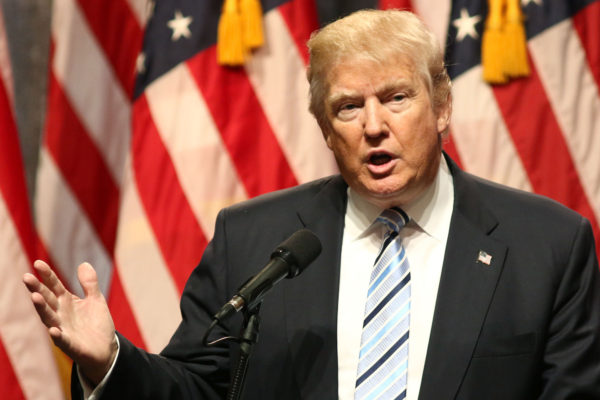Trump budget increases regulatory costs by $3.5 billion in 2018
While President Donald Trump has pledged an all-out effort to do away with wasteful regulations, his proposed 2018 budget would increase federal spending on regulatory agencies by 3.4 percent, according to a new report issued today by the Weidenbaum Center at Washington University in St. Louis and the Regulatory Studies Center at George Washington University.
Federal regulatory spending rises most at agencies funded by industry fees
While tight budgets are constraining regulatory spending at many federal agencies, those that garner funding from industry fees are using these revenue streams to fund substantial increases in regulatory programs and staffing, according to an annual
report that examines the U.S. budget. The report was released by the Weidenbaum Center on the Economy, Government and Public Policy at Washington University in St. Louis and the George Washington University Regulatory Studies Center.
Study reveals regulatory spending and staffing at all-time high
Homeland security and other regulatory agencies are creating jobs and a record-breaking budget according to a new study from the Weidenbaum Center on the Economy, Government, and Public Policy at Washington University in St. Louis and the George Washington University Regulatory Studies Center. A Decade of Growth in the Regulators’ Budget: An Analysis of the U.S. Budget for Fiscal Years 2010 and 2011 details the rise in regulatory spending and who gets the lion’s share of this year’s $59 billion federal regulatory budget.
Bush regulatory spending breaks records
After eight years in office, President Bush is on track to be one of the biggest regulatory budget spending presidents in history, according to a new study from the Mercatus Center at George Mason University and the Weidenbaum Center at Washington University in St. Louis.
Homeland security spurs another increase in federal regulatory spending for 2008
WarrenSpurred on by steady increases in staffing and spending within the Department of Homeland Security, the U.S. government is budgeting yet another increase in the amount of tax money it spends on federal regulatory activities, according to an annual regulatory spending analysis compiled by the Weidenbaum Center on the Economy, Government, and Public Policy at Washington University in St. Louis and the Mercatus Center at George Mason University.
Study indicates restraint in federal regulator’s budget and staffing
WarrenSpending by federal regulatory agencies is scheduled to decline when adjusted for inflation according to “Moderating Regulatory Growth: An Analysis of the U.S. Budget for Fiscal Years 2006 and 2007,” this year’s edition of the annual report on regulatory spending and staffing by the Mercatus Center at George Mason University and the Weidenbaum Center on the Economy, Government, and Public Policy at Washington University in St. Louis.
Federal regulatory budget and staffing continues climb, new study indicates
WarrenSpending by federal regulatory agencies continues to grow at a faster pace than other nondiscretionary spending according to “Upward Trend in Regulation Continues: An Analysis of the U.S. Budget for Fiscal Years 2005 and 2006,” this year’s edition of the annual report on regulatory spending and staffing by the Mercatus Center at George Mason University and the Weidenbaum Center on the Economy, Government, and Public Policy at Washington University in St. Louis.
Weidenbaum and Mercatus centers release study on 2003-2004 federal regulatory expenditures, staffing
WarrenThe administrative costs of federal regulation are budgeted to reach an all-time high of $30.1 billion in 2003, as more money is devoted to the environment, transportation security, and securities regulation, according to a new report issued jointly by the Weidenbaum Center at Washington University in St. Louis and the Mercatus Center at George Mason University. The budget request for 2004 suggests a slight decline from the 2003 peak to $28.9 billion.

